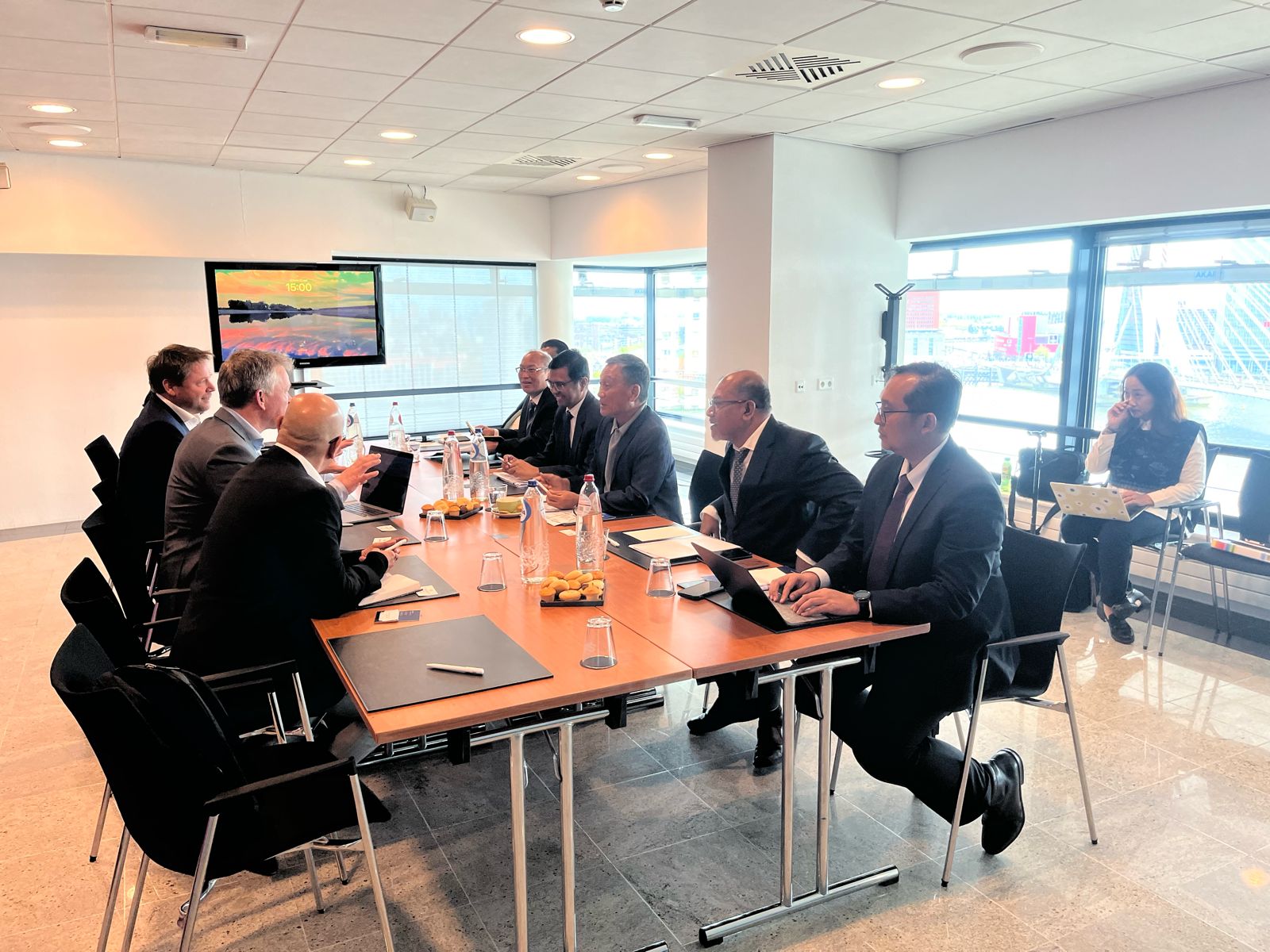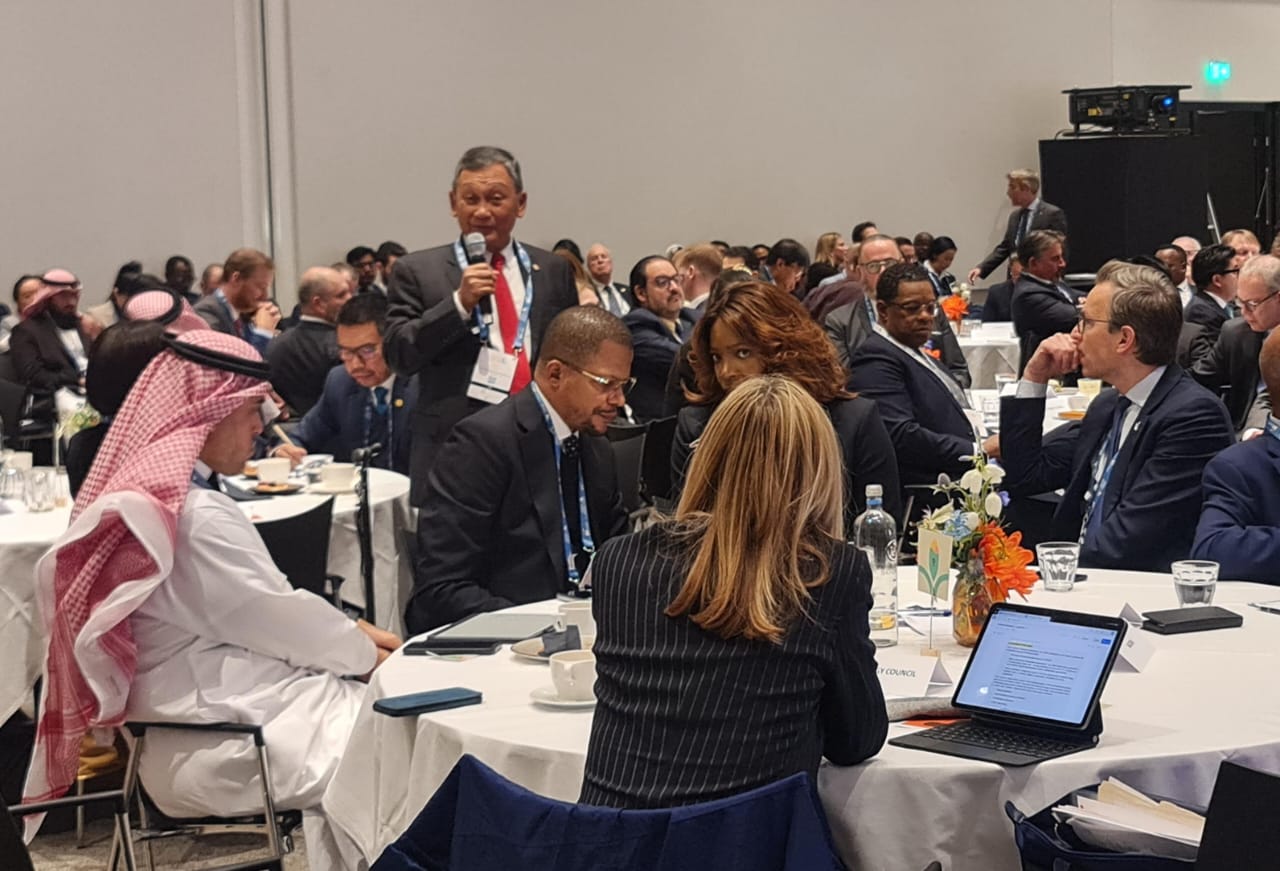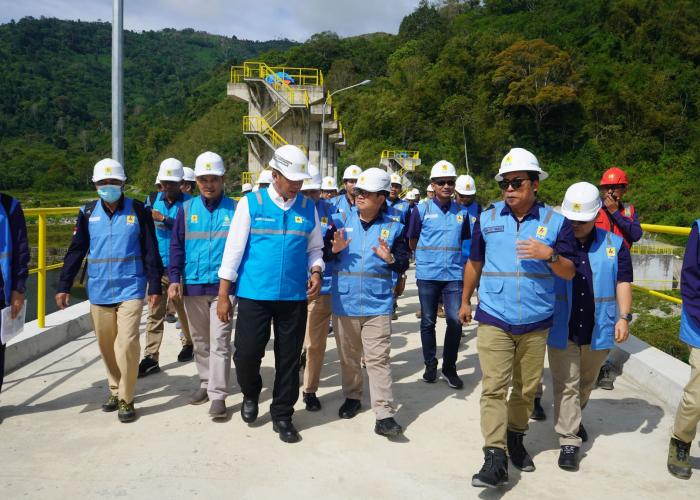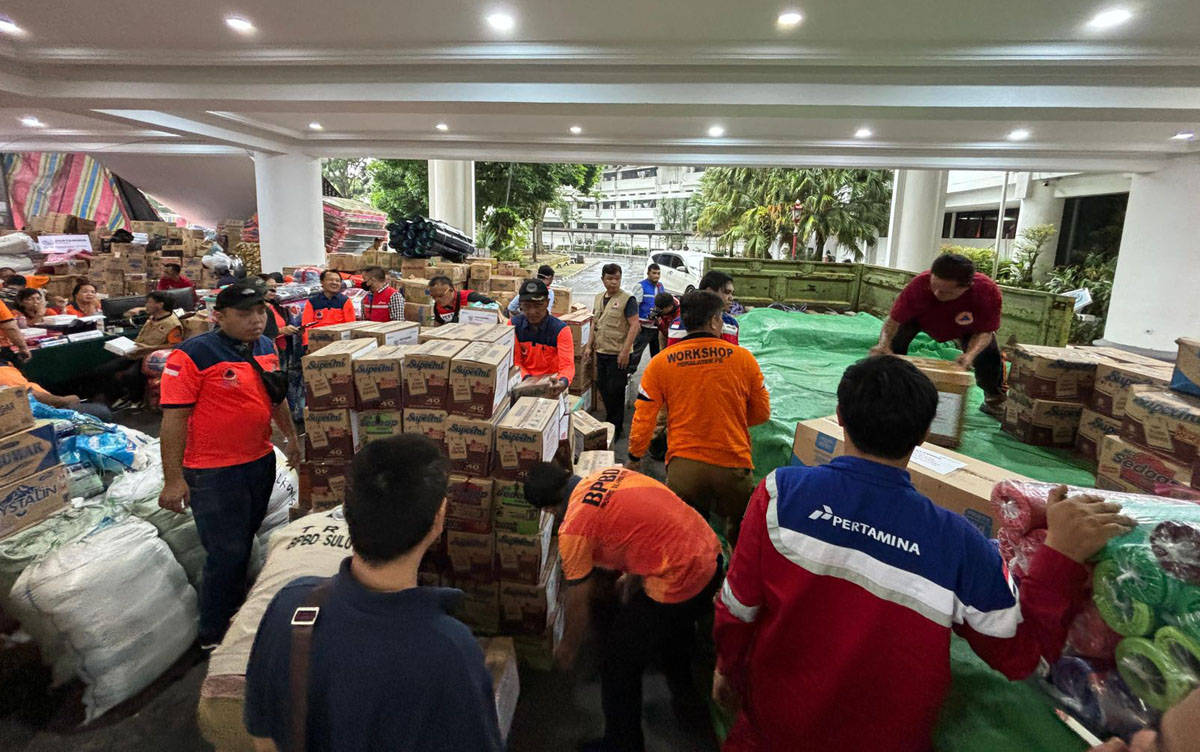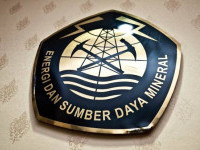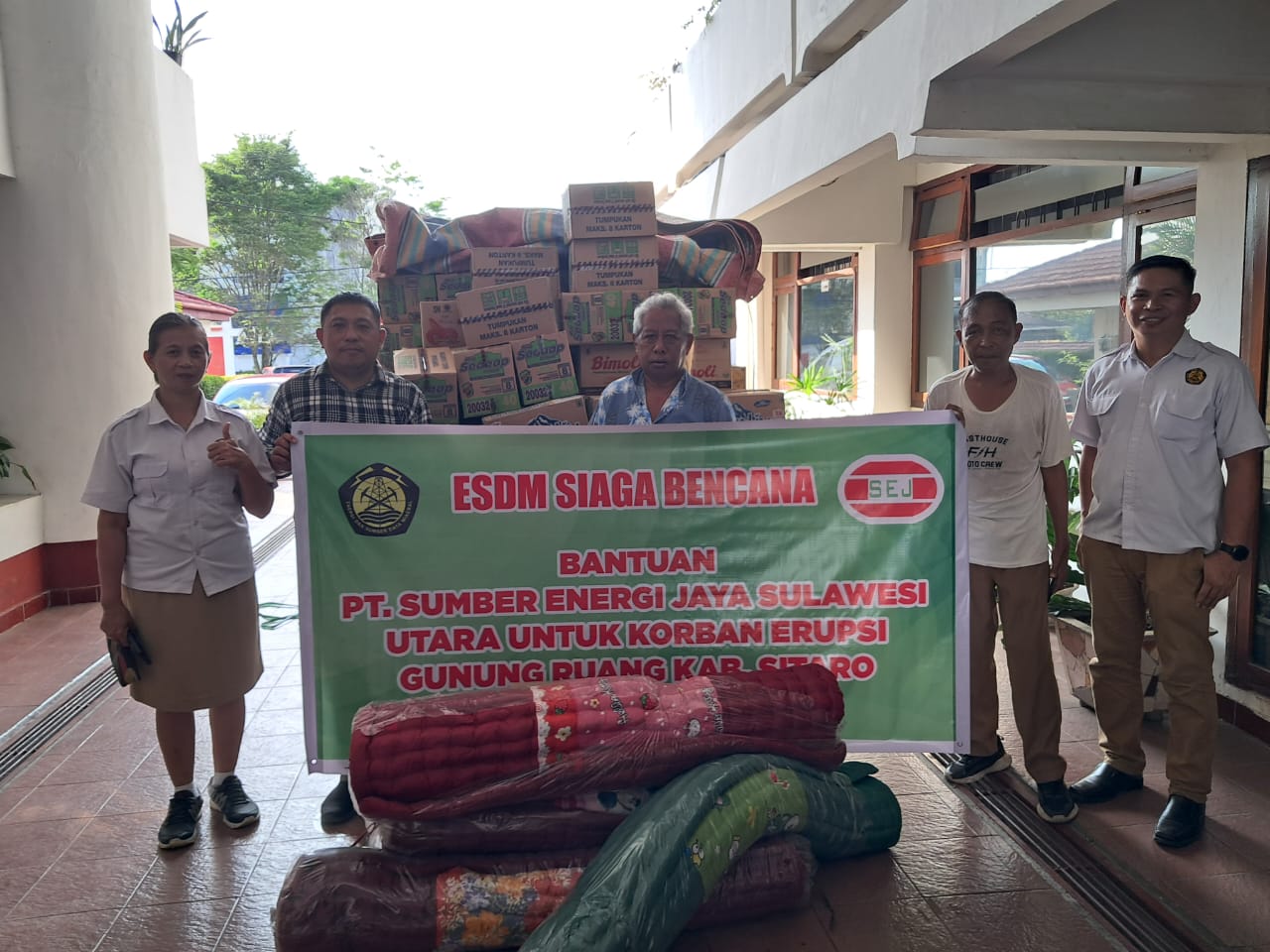Over 3,000 Groundwater Wells have Been Drilled by Energy Ministry until 2020, Says Geological Agency Head
MINISTRY OF ENERGY AND MINERAL RESOURCES
PRESS RELEASE
NUMBER: 031.Pers/04/SJI/2021
Date: 20 January 2021
Over 3,000 Groundwater Wells have Been Drilled by Energy Ministry until 2020, Says Geological Agency Head
In 2020, the Geological Agency of Indonesian Ministry of Energy and Mineral Resources (EMR) drilled 556 groundwater wells in 177 regencies/cities across Indonesia. The number of groundwater wells drilled by Ministry of EMR has added up to 3,404.
"It's the flagship program of the Geological Agency, namely provision of clean water for water-scarce areas. In 2020, we actually set a target for 600 wells, but because of a number of reasons, we could only drill 556 wells," Head of Geological Agency Eko Budi Lelono said at the virtual Press Conference on Performance Report of 2020 and Work Program for 2021 of the Geological Agency on Wednesday (20/1).
Eko went on to say that the year 2020 was the last year the clean water provision program was carried out by Ministry of EMR. Drilling of groundwater wells will be shifted to the Ministry of Public Works and Public Housing (PUPR).
Other achievements made by the Agency were construction of Geological Information Centers (PIG) in Natuna and Maros, and verification of five geological heritage.
In terms of regulation, the year 2020 saw the issuance of one EMR Ministerial Regulation and three Ministerial Decisions on the geological subsector.
In terms of geological hazard mitigation, the Agency had provided early warnings and emergency responses as well as conducted surveys, mapping, and dissemination of volcanic activities in Indonesia.
The Geological Agency had also modernized a number of volcanic observatories. There were five observatories updated in 2020, namely Mount Marapi Observatory in West Sumatera Province, Mount Guntur Observatory in West Java Province, Mount Slamet Observatory in Central Java Province, Mount Dieng Observatory in Central Java Province, and Mount Batur Observatory in Bali Province. Out of 74 volcanic observatories in Indonesia, 19 had been modernized.
"To monitor volcanic actitivites, we have modernized our volcanic observatories. In 2020, we updated five observatories. So far, we have updated 19 out of 74 observatories. The update is meant to improve observers' performance. We have also upgraded the equipment so that mitigation efforts can be performed more accurately," explained Eko.
For ground movement mitigation, the Geological Agency had conducted reasearch and surveys to improve the quality of Early Warning Maps and Recommendations, rapid reviews on emergency responses and post-disaster recovery, and dissemination to national and regional governments as well as the public.
For earthquake mitigation, the efforts that had been carried out included inspection of earthquake impacts, measurement and analysis of microtremor data, coordination and recommendation input to regional governments, and direct dissemination to the public.
Dissemination of geological hazards mitigation was carried out through a number of webinars and Focus Group Discussions (FGD) as well as updating of Disaster-Prone Region (KRB) maps of tsunamis and earthquakes.
To conclude, Eko explained the realized budget of the Geological Agency was 92.17% out of the 2020 State Budget target. Non-Tax State Revenue (PNBP) totalled Rp707 million out of target Rp2.6 billion, while the Budget Performance Indicator (IKPA) was 93. (IY)
Head of Bureau of Communication, Public Information Services, and Cooperation
Agung Pribadi (08112213555)
Share This!

